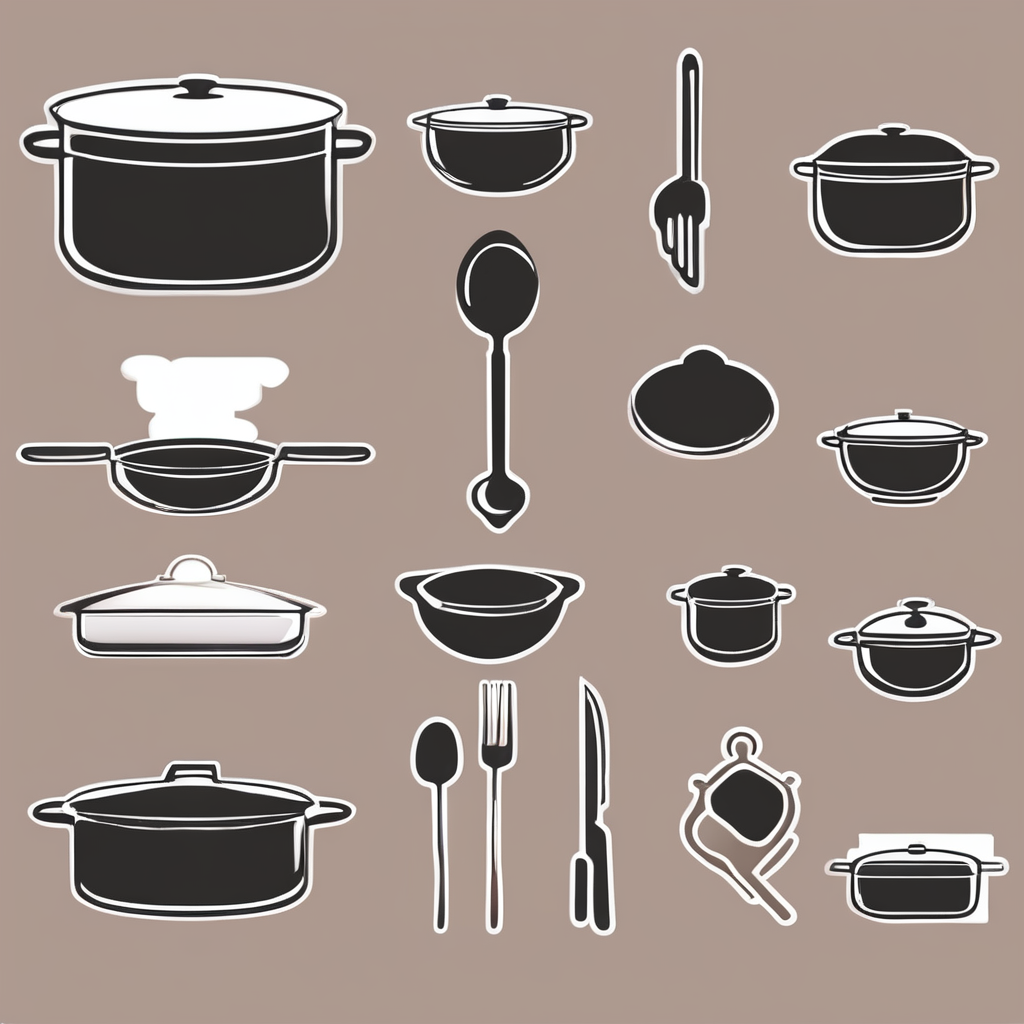Key Mistakes in Slim UK Kitchen Design and Organization
When designing a slim kitchen in the UK, several common mistakes can significantly impact functionality and aesthetics. One of the most frequent slim kitchen design mistakes is overlooking essential storage solutions. Without adequate, well-planned storage, clutter quickly accumulates, making even a small kitchen feel cramped. Failing to incorporate efficient layouts that maximize every inch of space often leads to frustration and reduces usability.
Another major UK small kitchen error involves selecting appliances and fixtures that overpower limited spaces. Oversized appliances can dominate a slim kitchen, leaving little room for movement or food preparation. Opting for proportionate, space-saving kitchen tips such as compact appliances helps maintain balance.
Also read : How Can UK Kitchens Enhance a More Streamlined Cooking Experience?
Lighting also plays a critical role. Ignoring natural and artificial light can create a dull or confined atmosphere. A kitchen lacking adequate illumination feels smaller and less inviting. Incorporating a mix of natural light, ambient lighting, and task lighting brightens the space to enhance both appearance and functionality.
In slim kitchen design, the focus must be on clever storage, well-proportioned fixtures, and strategic lighting to avoid these common pitfalls. Emphasising these areas leads to an organised, efficient, and pleasant kitchen environment tailored to smaller UK homes.
Also to discover : How Can You Maximize Kitchen Functionality in a Small UK Space?
Space Planning Errors That Limit Usability
Effective small kitchen space planning is crucial for enhancing kitchen usability UK-wide. One of the most common slim kitchen design mistakes is blocking the workflow triangle—comprising the sink, stove, and refrigerator. When these key areas are poorly positioned, it disrupts movement and makes food preparation inefficient. Circulation pathways should remain clear to avoid congestion, especially in slim kitchens where space is limited.
Failing to utilize vertical space and awkward corners is a frequent UK small kitchen error. Tall cabinets, open shelves, or pull-out units can transform underused vertical areas into practical storage, freeing up countertop space. Corners can be optimized with carousel or swing-out units, maximizing usability without crowding the kitchen.
Another overlooked aspect is underutilizing multipurpose furniture or fittings. Incorporating foldable tables, extendable counters, or integrated cutting boards helps maintain functionality without eating into precious space. These small kitchen space planning strategies jointly improve flow and ensure every inch supports daily tasks, making slim kitchens both practical and comfortable. Prioritizing these design elements avoids the common pitfalls seen in poorly planned narrow kitchens and promotes smooth kitchen usability UK residents deserve.
Design Choices That Compromise the Look and Feel
Choosing the right slim kitchen design ideas is vital to avoid common pitfalls that make a small kitchen feel cramped or unwelcoming. One significant UK small kitchen error is selecting dark, heavy colour schemes. These shades absorb light, visually shrinking the space and creating a gloomy atmosphere. Instead, light, neutral colour palettes work best to reflect natural light and open up slim kitchens.
Another frequent mistake is ignoring the benefits of reflective surfaces. Glossy finishes, glass, or mirrored backsplashes bounce light around a room, enhancing brightness and the perception of space. Incorporating these elements aligns with smart space-saving kitchen tips that keep the kitchen feeling airy and expansive.
When it comes to cabinetry, bulky or ornate units often overwhelm the design. Opting for streamlined, minimalist fitting styles UK homeowners favour can significantly improve flow and maintain a sleek appearance. Slim kitchens benefit from modern, flat-front cabinets that fit snugly without protruding excessively.
By combining light colour schemes, reflective surfaces, and contemporary fittings, these design choices counteract the negative impact of poor selections and contribute to a kitchen that is both stylish and spacious. This approach makes the most of limited square footage while enhancing everyday usability.
Practical Solutions and Expert Tips for Avoiding Common Pitfalls
When tackling slim kitchen solutions UK homeowners face, prioritizing integrated storage is essential. Custom organisation systems tailored to fit narrow spaces make a significant difference, keeping clutter at bay and improving accessibility. For instance, drawer dividers, pull-out shelves, and corner carousels efficiently utilise every inch.
Choosing space-efficient, proportionate appliances is another key aspect of small kitchen advice. Compact fridges, slimline dishwashers, and under-counter ovens save valuable room without sacrificing functionality. Appliances sized appropriately avoid overwhelming a slim kitchen’s limited footprint, maintaining a balanced flow.
Lighting also benefits from expert attention. Layered lighting schemes—combining ambient, task, and accent lights—boost both aesthetics and usability. Under-cabinet LED strips illuminate work surfaces, reducing shadows and enhancing food prep safety. This strategic approach to illumination counters previous slim kitchen design mistakes related to poor lighting, fostering a bright, inviting environment.
Ultimately, these expert kitchen design tips support a harmonious balance of form and function. Incorporating integrated storage, choosing correctly sized appliances, and employing thoughtful lighting transforms slim kitchens throughout the UK. Such solutions empower homeowners to maximise both space and enjoyment in their compact culinary areas.
